Why do different grass seeds produce different amounts of oxygen?
Jayne Leyland, the seeds and line marking product manager for Rigby Taylor, details why different grass seeds used on UK golf courses produce different amounts of oxygen, and the impact this can have on your carbon footprint.
Changes in climatic conditions are dramatically challenging and shaping our environment. Golf clubs, like other businesses and organisations, produce greenhouse gases from the operational activities of the clubhouse and maintenance of the course. Such activity generates a carbon footprint which contributes to global warming and climate change and it is within everyone’s duty of care to do the utmost to minimise or offset their carbon footprint. The extensive areas of grass and other vegetation on a golf course can ‘lock up’ carbon, meaning each club can potentially mitigate that carbon footprint.
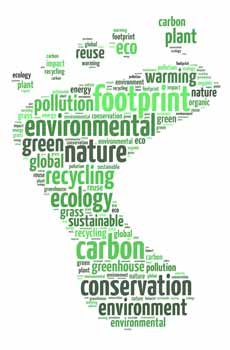
‘Fixing’ the Greenhouse effect
The carbon cycle and carbon sequestration impact upon our everyday lives. A carbon footprint is the total amount of greenhouse gases, including carbon dioxide, that are generated by our actions. Grasses, just like trees, are chlorophyll-based plants, absorbing carbon dioxide (CO2) from the atmosphere for use in photosynthesis. The process uses sunlight and water to convert CO2 into carbohydrates and simple sugars to generate energy and growth, ‘fixing’ greenhouse gases from the air into the soil and providing oxygen as a bi-product. Just two square metres of grassland can produce enough oxygen to support one person for an entire day.
How is this achieved?
A proportion of the absorbed carbon is transferred from the dense canopy and fibrous root system into the soil as plants senesce (grow old) and decomposes. One hectare of natural, open grassland can sequester (lock up) up to 2.5 tonnes of carbon per hectare per annum, creating a net carbon sink held within the soil profile. This means areas of long grass on the golf course such as roughs, rarely found in intensively managed urban parkland and residential gardens, are a valuable resource for ‘capturing’ carbon. All well and good on one hand, but what about the intensively managed golf course grass surfaces such as greens, tees, fairways and mown roughs where maintenance operations and the energy they use (mowing, aeration, spraying and so on) have a much greater environmental impact. Because managed amenity turf has higher plant populations per square metre than natural grassland, the availability of amenity grasses which sequester relatively more carbon can make a significant contribution in mitigating the carbon footprint generated by essential maintenance, preserving a net carbon sink.
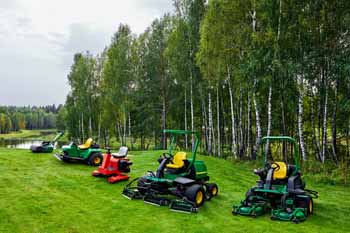
Carbon ‘capture’ grass seed
Rigby Taylor and grass breeding partner Top Green have decades of successful partnership in grass innovation. A ‘Carbon4Grass’ (C4G) study at Top Green Breeding & Research Station in France identified significant differences between grass species in their capacity to store and sequester carbon within the leaves, roots and soil profile when managed under the same environmental conditions.
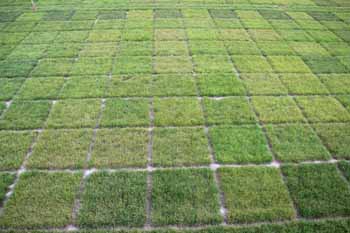
The study progressed to assess not just species but cultivars within a species. The differences in proficiency of individual cultivars to sequester more carbon proved to be significant. This knowledge has been used to create Rigby Taylor Carbon4Grass (C4G) grass seed mixes, which combine increased levels of carbon sequestration with desirable amenity characteristics for golf courses.
For example, mixes with higher carbon ‘scores’ have been identified to help mitigate the impact of tasks such as mowing which contribute to the carbon footprint. Grass seed mixes R25CRT, R6CRT, Low Maintenance and R91 all demonstrate the potential to sequester significantly more carbon in comparison with comparative mixes. Furthermore, Low Maintenance mix particularly helps reduce mowing frequency for expansive areas such as fairways and mown roughs, meaning reduced carbon emissions accompanied by cost savings.
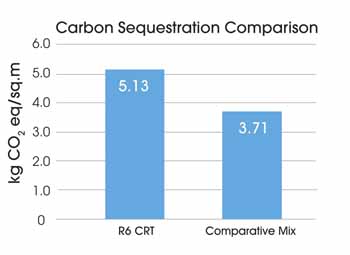
Tetraploid technology
A notable innovation for C4G is the fast establishing and hardwearing tetraploid perennial ryegrass technology, extending the growing season through cold temperature growth. Tetraploids are actively growing and photosynthesising in colder conditions from just 40C, thus maintaining active grass cover for longer to potentially ‘capture’ more carbon whilst supporting the playing surface throughout the winter. Tetraploid’s (4n) have double the chromosomes of a diploid ryegrass (2n), meaning double the chloroplast and chlorophyll for photosynthesis. The root mass of grasses acts as a reservoir for carbon, which eventually transfers into the soil profile as roots die and decompose. Tetraploids have a much stronger, deeper, denser root mass, delivering greater potential for higher sequestration and increased drought tolerance. R6CRT for example, has both tetraploid rye and hard fescue for added drought tolerance, reducing irrigation needs and giving faster recovery following drought, assets for sustainability as well as carbon capture.
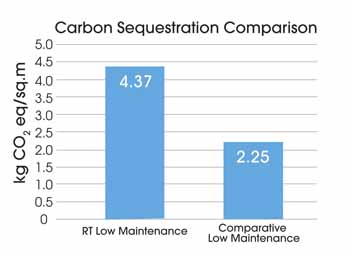
A sustainable future
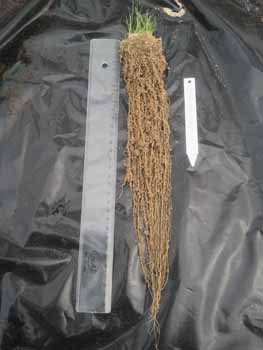
Carbon4Grass seed mixes:
- Lock up more carbon, reducing your carbon footprint
- Reduce maintenance costs
- Improve drought and disease tolerance
- Faster recovery in colder conditions.
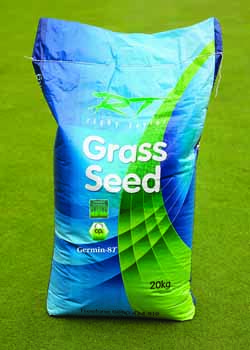
Seemingly small individual choices can make a significant contribution overall. Carbon4Grass mixtures for golf not only have the potential to sequester more carbon but also help diminish the pressure on resources and reduce maintenance costs.
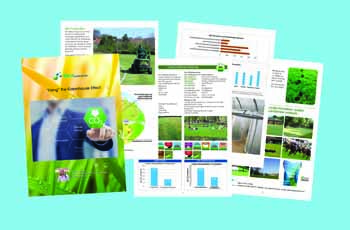















Let me tell You a sad story ! There are no comments yet, but You can be first one to comment this article.
Write a comment